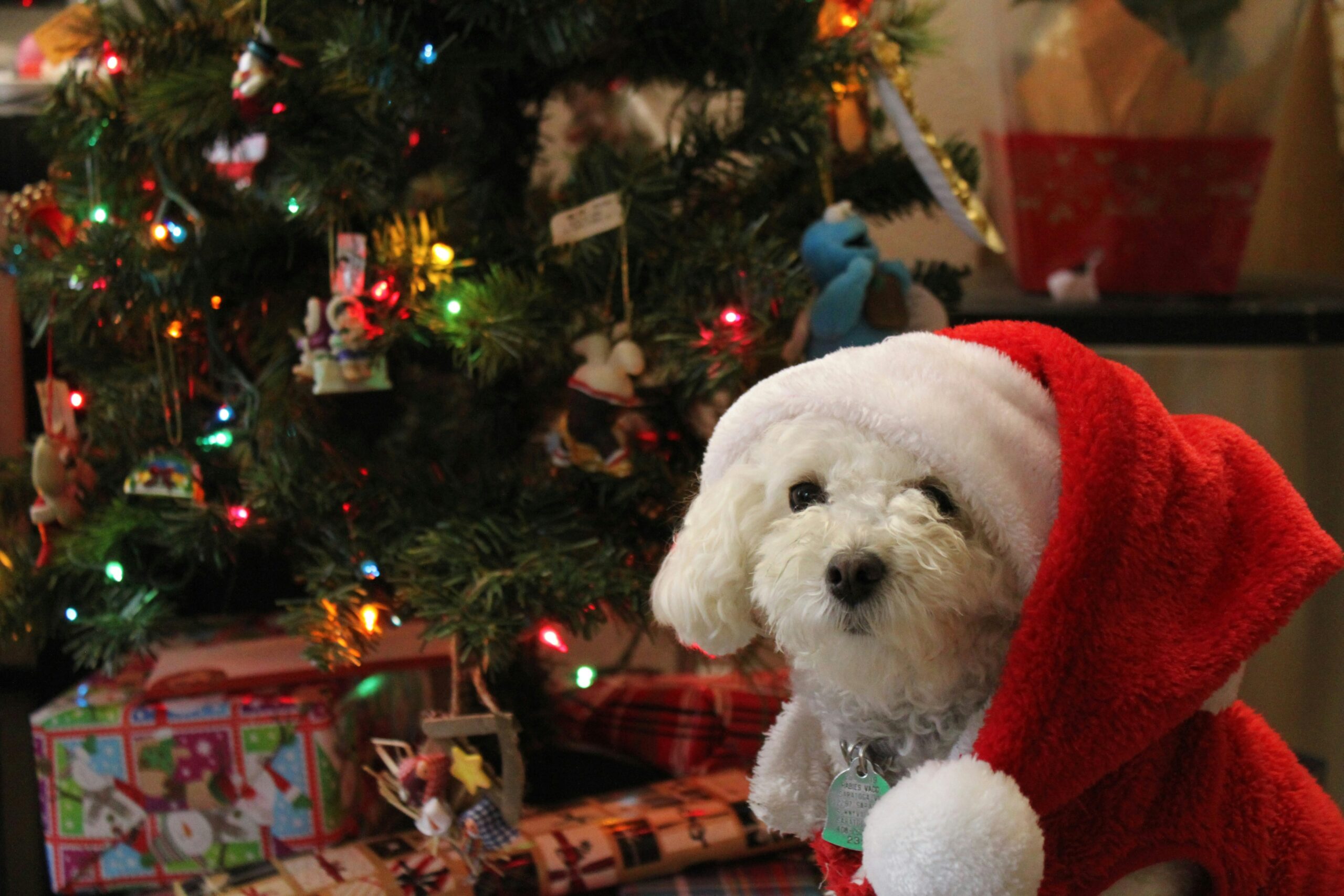If your pet becomes ill or has an accident it can be a very stressful and frightening situation. Getting them to the vet for treatment quickly is the main priority but transporting an ill or injured dog is sometimes difficult. Here are some tips and things to think about to keep you and your dog safe and calm during the journey to the clinic.
Keep Calm and Call Ahead
It’s important that you stay calm, remember your dog will pick up on your anxiety. Contact your veterinary practice immediately – they will often ask you some questions about your dog. It could be things like “Is your dog having difficulty breathing?” or “Can your dog walk ok?”. It’s important to calmly answer these questions as first aid advice can sometimes be given over the phone to help make your dog more comfortable during transport. It also means that the veterinary team will be able to get the appropriate equipment and medications ready to receive and treat your dog when you arrive at the clinic.
The Transport
If you don’t have access to your own vehicle, then forward planning for any emergency should include speaking to a neighbour or friend that could give you a lift if required. If you are unable to get a lift, there are dog-friendly taxis and sometimes pet ambulances in some areas that will transport your dog in an emergency. It’s worth having a check what is available in your area and having the phone numbers in your mobile.
Careful Movement
When lifting or moving a sick or injured dog into your car it is very important to do this as slowly and as gently as possible, always keeping in mind that frightened or painful dogs can react by biting or scratching. It is best to try to avoid moving their head, neck, or spine at all if possible.
If your dog can walk, then a short non-extending lead is ideal to get them slowly to and from the car. Secure them in the car with their dog seat belt, or in their crate as normal.
If they are small enough to fit in a secure pet carrier then this can be used, and it is especially good if your dog is unable to walk. Ensure that the carrier is secured in the car so that it can’t fall between the seats etc., but so that you can still see your dog inside to ensure that their condition is stable.
If your dog is big, then they can be carried on a large strong blanket or duvet. This requires multiple people to do the lifting, and ideally one other person to support and monitor the head and neck position.
The Journey
Whatever method is used it is always beneficial to have another person as well as the driver in the vehicle so that one person can monitor the patient, while the other person can concentrate on driving safely to the veterinary clinic.
When you get to the clinic, park as close as is safe and one person can let reception know that you have arrived while the other person can stay with your dog to keep them calm.
If you would like any more information on this or any other pet health related queries, please contact our team of Registered Veterinary Nurses on 0333 332 1926. Lines are open 24 hours a day, 7 days a week.


